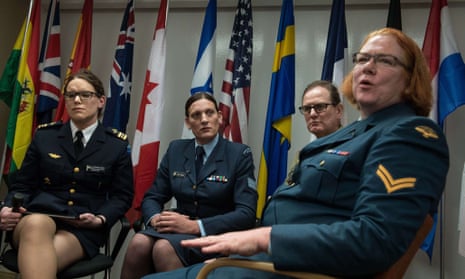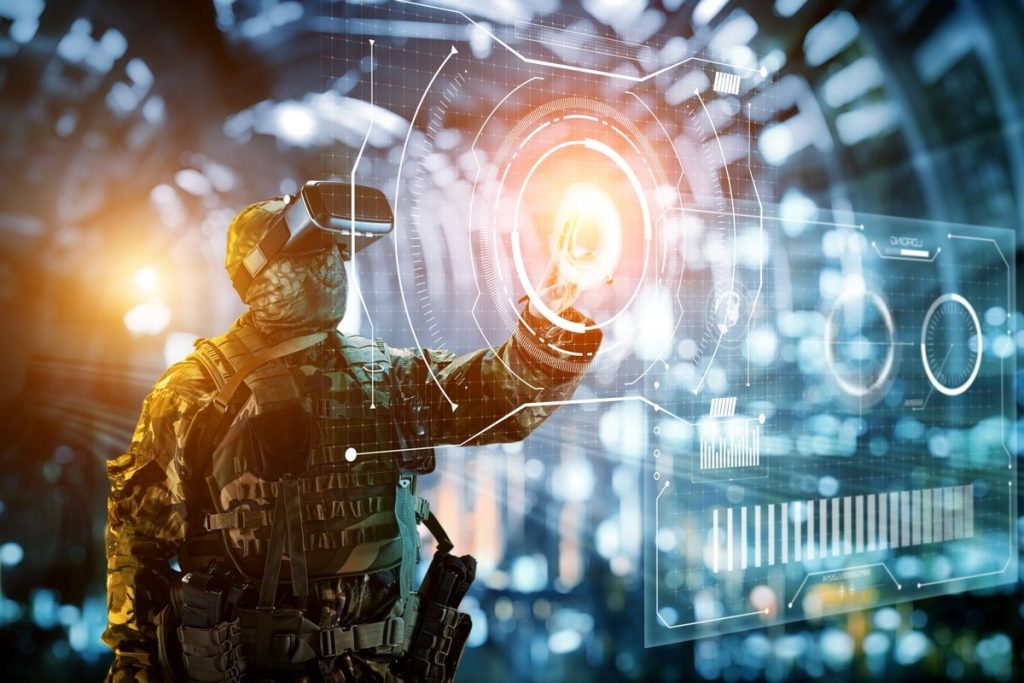
Central idea
S Venkitaramanan, as RBI Governor, navigated a challenging financial landscape, implementing innovative measures, including pledging gold reserves, to overcome a critical balance of payment crisis exacerbated by the Iraq-Kuwait War. His leadership traits, commitment to reform, and resilience in dynamic political shifts define his impactful legacy
Key Highlights:
- Historical Interaction with S Venkitaramanan: The author shares a personal connection with S Venkitaramanan dating back to the late 1980s when they worked together in the Reserve Bank of India (RBI). Venkitaramanan, at that time, was the Finance Secretary in the government of India.
- Challenges Faced by Venkitaramanan as RBI Governor: Venkitaramanan assumed the role of RBI Governor during a challenging period marked by a critical balance of payment problem, intensified by the Iraq-Kuwait War. The situation demanded unconventional measures, including shipping gold reserves to raise foreign exchange.
- Extraordinary Steps Taken: To address the balance of payment crisis, the RBI, under Venkitaramanan’s leadership, borrowed around USD 405 million by pledging gold reserves kept outside India. This unusual step showcased determination and innovation in navigating a complex financial scenario.
- Dynamic Political Environment: The backdrop of frequent changes in the central government added complexity to the financial responsibilities of the RBI and its governor. Venkitaramanan played a crucial role in tapping international financial institutions and raising the necessary foreign exchange.
- Role of IMF and Devaluation of Rupee: The RBI, led by Venkitaramanan, approached the International Monetary Fund (IMF) for assistance. The initial request was related to the Compensatory and Contingency Financing Facility (CCFF), providing limited conditionalities. Additionally, the government, in consultation with the RBI, decided to devalue the rupee sharply in two steps in June 1991.
- Reform Initiatives: Venkitaramanan was a reformer who initiated banking sector reforms and introduced changes in the exchange rate system, moving towards a dual exchange rate. He advocated for a strong role for public sector enterprises where efficiency could be maintained.
- Leadership Traits: Venkitaramanan’s leadership qualities included a sharp mind, the ability to cut through complex problems, a willingness to listen to diverse viewpoints, and courage in making crucial decisions.
Key Challenges:
- Balance of Payment Crisis: Venkitaramanan faced a critical balance of payment problem aggravated by external factors such as the Iraq-Kuwait War. The challenge was to bridge the financial gap and avoid default in payment obligations.
- Dynamic Political Changes: Frequent changes in the central government added an additional layer of complexity to financial decision-making. Venkitaramanan navigated these changes while fulfilling the responsibilities of the RBI.
Key Terms and Phrases:
- Compensatory and Contingency Financing Facility (CCFF): An IMF facility created to aid countries facing sudden rises in the price of imported commodities or a sudden fall in export prices. The RBI approached the IMF for assistance, initially focusing on the CCFF.
- Dual Exchange Rate System: Venkitaramanan initiated a shift towards a dual exchange rate system, marking a significant change in the country’s approach to managing its currency’s value.
- Gold Pledging to Raise Foreign Exchange: The RBI, under Venkitaramanan, borrowed around USD 405 million by pledging gold reserves kept outside India during the balance of payment crisis.
Critical Analysis:
- Innovative Leadership in Crisis: Venkitaramanan’s decision to ship gold reserves and explore unconventional measures showcased innovative leadership during a financial crisis, preventing a default in payment obligations.
- Navigating Political Changes: Managing financial responsibilities amid frequent changes in the central government demonstrated Venkitaramanan’s ability to navigate a dynamic political environment, ensuring financial stability.
- Reform Initiatives for Financial Resilience: Venkitaramanan’s focus on banking sector reforms and a dual exchange rate system aimed at enhancing financial resilience during turbulent times, showcasing a forward-looking approach.
Way Forward:
- Building on Reform Initiatives: Advocate for building on the reform initiatives introduced by Venkitaramanan, emphasizing the importance of a resilient financial system in navigating future economic challenges.
- Continued Collaboration with International Institutions: Encourage continued collaboration with international financial institutions to strengthen India’s economic resilience, leveraging lessons learned from Venkitaramanan’s innovative approaches.
- Maintaining a Prudent Financial Policy: Emphasize the importance of prudent financial policies, considering both domestic and international factors, to ensure stability and resilience in the face of economic uncertainties.
Balanced Diplomatic Conclusion for good marks:
S Venkitaramanan’s leadership during a critical financial period exemplifies courage, innovation, and resilience. Acknowledging his contributions, the nation can build on reform initiatives, collaborate globally, and maintain prudent financial policies for a stable and resilient economic future.










)




